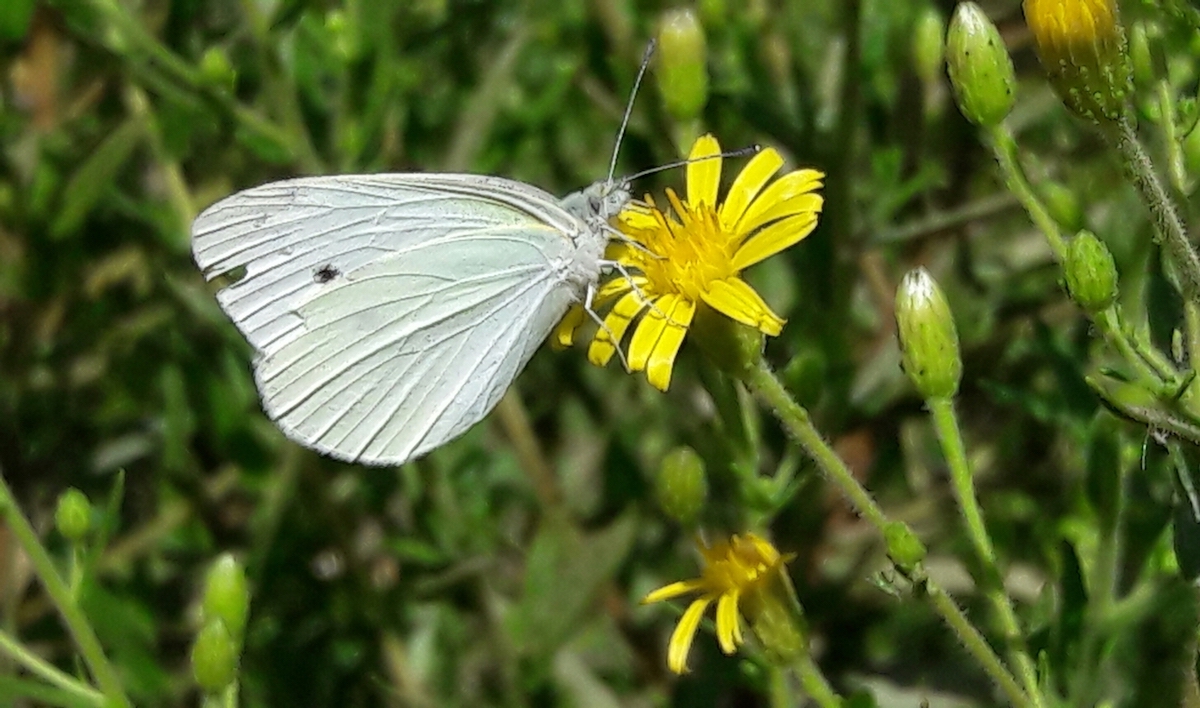
Making Your Own Butterfly Garden: A Startup Guide
We are delighted to announce the launch of the brochure titled: “Making Your Own Butterfly Garden: A Startup Guide”
Husein Ali Zorkot
The Guide is describing the fun and knowhow of butterfly gardening, a sustainable type of gardening, anywhere at home, on a balcony, patio, hedge, or lawn, available now for download.
You can make your own fantastic butterfly garden, anywhere at home, on a balcony, patio, hedge, or next to a lawn. You can also modify the ordinary garden you have into an ecofriendly, sustainable butterfly garden. All you need are butterfly plants, water, sunshine, and shelter! As simple as that.
A butterfly garden is a type of garden where particular plants are grown to attract and maintain the presence of butterflies.
These plants are called butterfly plants and consist of host plants and nectar plants. Host plants are the “life cycle plants” on or near which the butterfly either lays its eggs or develops as a caterpillar, usually eating off the leaves until pupation time. Nectar plants are the actual “food plants” that attract the adult butterfly to the garden with nectar, its major type of food. The nectar plant attracts the butterfly, while the host plant maintains the butterfly’s presence year upon year.
Nectar is a honeydew-like liquid produced in the nectaries of flowers and is the primary food for adult butterflies, the high sugar content giving them the energy to fly. Nectar plants represent a wide range of bright, colourful species of wildflowers that bloom throughout the spring, summer, and autumn months when butterflies are active. Nectar plants encourage a continuous presence of butterflies by providing a steady supply of nectar, the major energy source for adult butterflies. Do not choose cultivated plants, because these plants were bred for their appearance, not for their fragrance or the amount of nectar they contain.
We hope you enjoy reading the report Via ISSUU